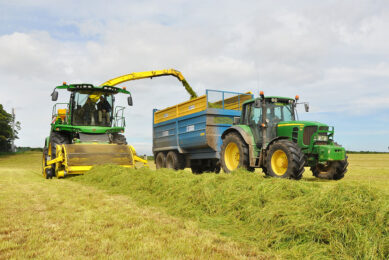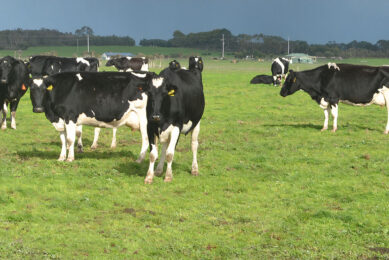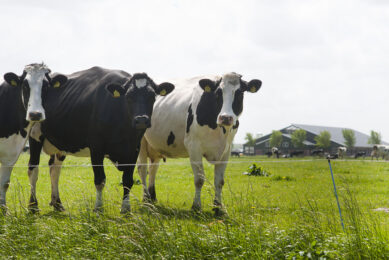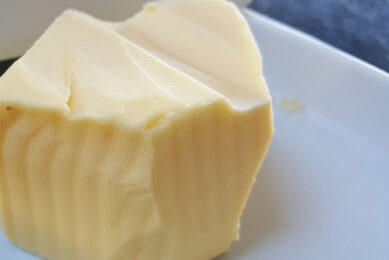Dutch dairy farmer flees Ukraine to be a voice in the west
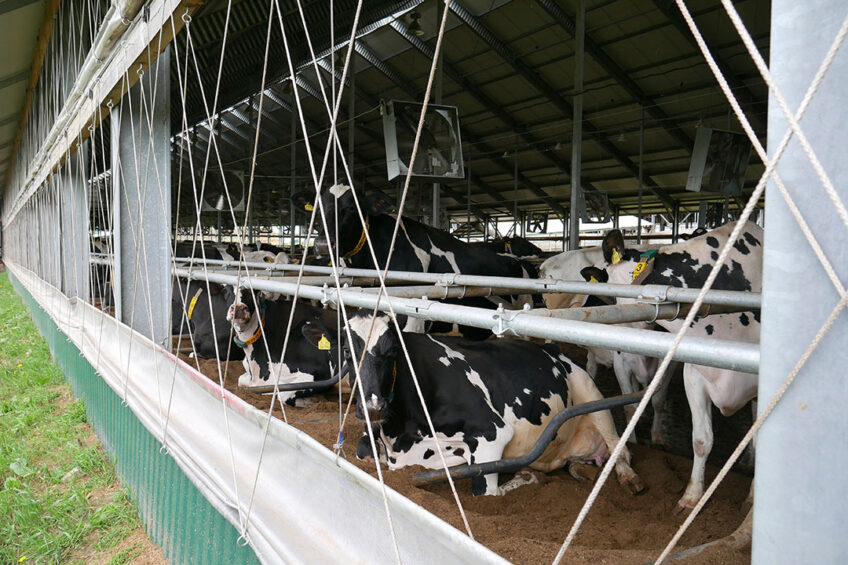
It’s a day Dutchman Kees Huizinga, a large dairy farmer in Ukraine, never envisaged would happen, but when Putin’s Russian army started a war with the European nation, the entire world felt the aftershock.
For the past 20 years, Kees and his 2 business partners have run their large 15,000 hectare farm ‘TOV Kischenzi’ in the centre of Ukraine in peace. Agriculture in Ukraine, known as the breadbasket of Europe, has been performing very well over the past number of years with excellent commodity prices.
At least it was performing well until 24 February when neighbouring Russia, under the instructions of its president, Vladimir Putin, decided to invade Ukraine.
When Kees heard the news he immediately sent his wife, Emmeke, and their 2 young daughters home to the Netherlands via Romania. One week later, Kees followed his family home to be a voice in the west for Ukrainian farmers, leaving his farm in the capable hands of the 400 staff there.
The farm is located close to Cherkasy, 200 km south of Kyiv, and runs 2,000 Holstein Friesian dairy cows and 450 sows. The land is mostly used for growing crops for export, such as wheat, corn and sunflowers, and there are also 350 hectares of vegetables with drip irrigation.
Kees, who is also fluent in Ukrainian and Russian, said: “We started out there with 1,000 hectares and grew that up to 15,000 hectares, mostly leased as foreigners cannot own land there.
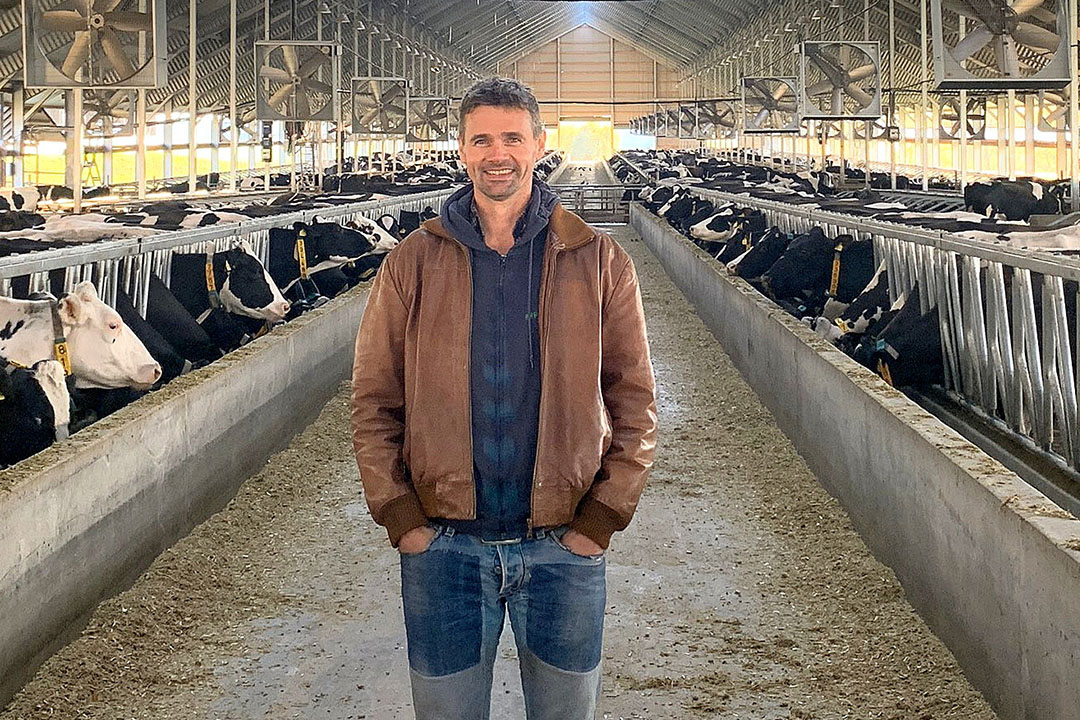
“When I became a farmer, I knew I would have to wage a figurative war against the traditional enemies of food production such as pests, weeds and disease, but I didn’t expect to be in a real war zone with a deadly enemy.
“The Ukraine Agrarian Association has around 1,100 members farming a total of 3.5 million hectares in Ukraine. They asked me to go to the west and be their voice in case we lose internet connection in Ukraine.”
Kees adds that work on the farm continues and the 2,000 cows still need to be milked, although a big review of the cropping programme is under way.
Dairy farm
“Just before I left the cows were yielding 34 litres each per day,” adds Kees. “We milk them in an 80 unit rotary parlour twice per day. Cows are fed a mix of corn silage, alfalfa hay, soybean, sunflowers, sugar beet pulp and the minerals, most of the ingredients we grow ourselves.
“Our milk goes to Molikija which processes it into liquid milk, butter, cheese and yoghurts. We are on a premium with the factory receiving around 43 euro cents per litre, as we produce high quality milk all year round. Thankfully, the trucks collecting the milk are still running for now, but I do not know what will happen.
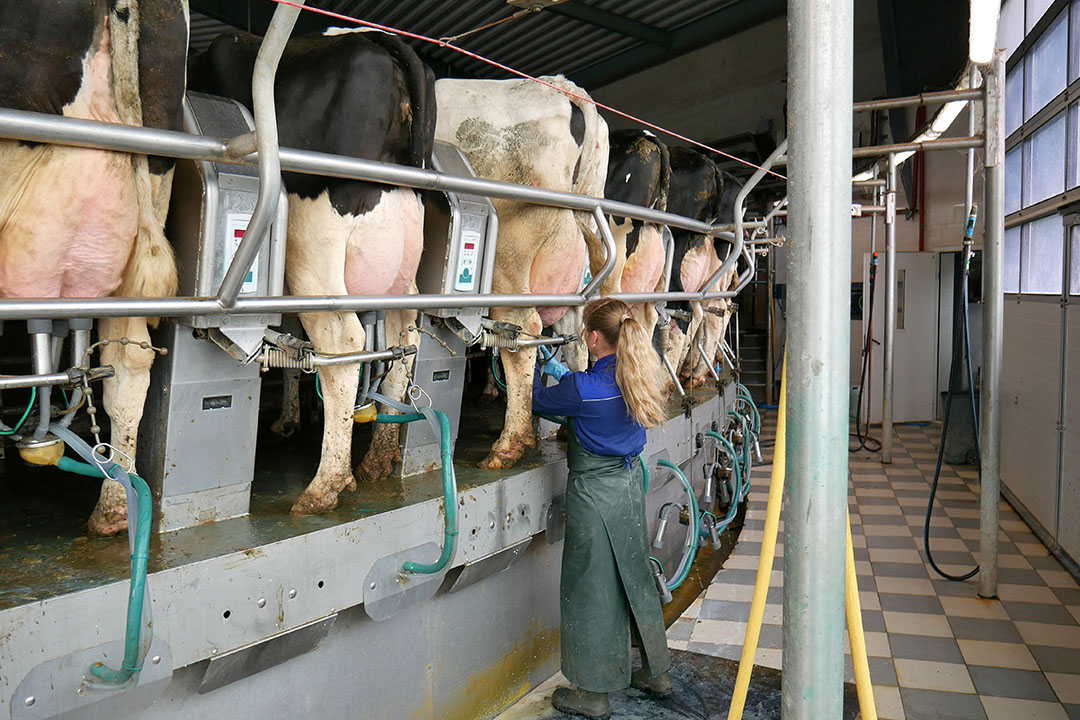
“For the world market we grow corn, wheat, barley and sunflowers that are exported out of the Black Sea ports, but the Russians have closed those ports now. Incidentally, Ukraine is the biggest sunflower exporter in the world and accounts for over 50% of global sunflower production.
“Right now work continues but we are reviewing our fieldwork programme in case the situation changes. We have a few weeks before the fieldwork starts so we have time to make new plans.
“Fuel and fertiliser are in short supply so we have to work around that. We might stop growing sugar beet this year because of the uncertainty that the mills will be operational. Our farm produces 70,000 to 80,000 tonnes of grains per year but right now the export markets are closed,” he said.
Ukraine is estimated to be able to meet the food needs of 600 million people.
While the area that Kees farms in is currently relatively quiet, some of the farm staff have gone to fight the Russians. As they cannot be contacted by phone, Kees can only hope they will survive.
“There are no Russians in our area at the moment and I hope it stays like that,” he says. “Around 25 of our staff have gone to fight the Russians. Some others are working as local security to keep an eye out. Our farm, like most farms and local villages, are preparing food and sending it to the Ukrainian army and to Kyiv.”
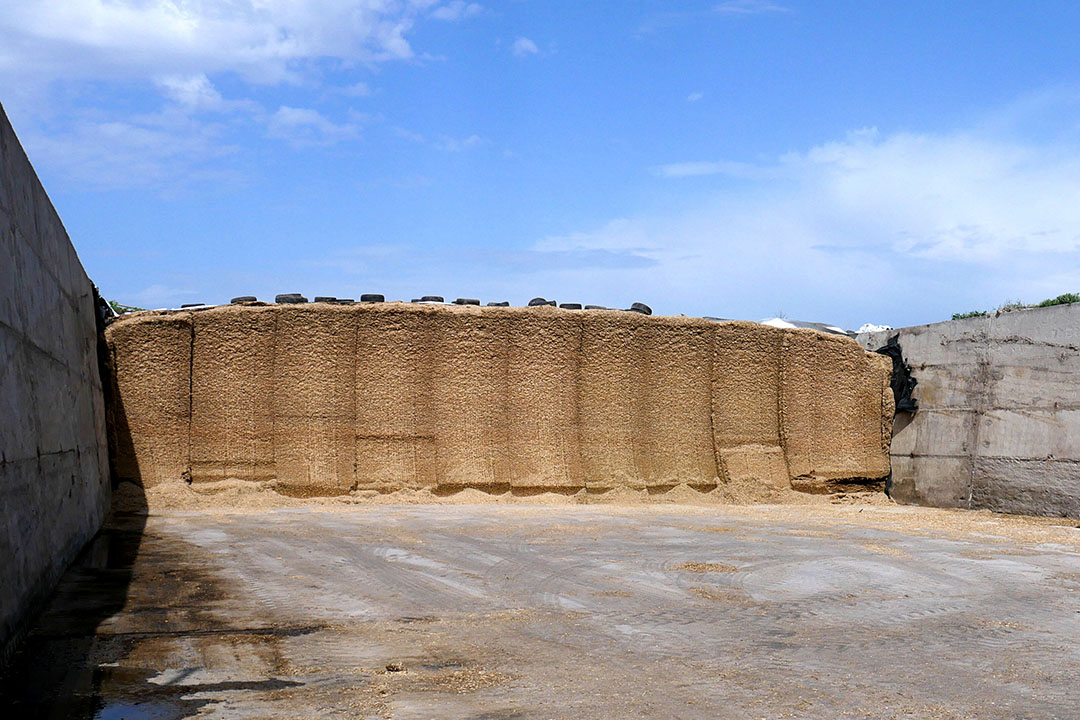
The war in Ukraine is going to affect food prices across the world but Kees insists things could change for the better, only if the war stops now.
“Ukraine is estimated to be able to meet the food needs of 600 million people. That’s pretty good for a country of 44 million people and about 35,000 farms,” Kees said.
“Ukraine produced 90 million tonnes of grains last year and consumes 25 million tonnes per year, so the country has enough food for itself but there will be a shortage across the world. This will push up food prices for everyone.
“But we can save things. The war needs to stop now. Putin needs to go. Everyone is asking what they can do but the best thing they can do is influence their politicians to let the upper powers know Putin has to be stopped.
“I will stay in the Netherlands for now and I have a few meetings arranged to try to get the west to increase the pressure. Ukraine has done nothing to deserve this fate. Since the end of the Cold War and the dissolution of the Soviet Union, we have strived to live in peace and harmony with the wider community of nations.
“We have tried to develop a civilised democracy. Although we still have a long way to go, we have made great progress.
“We all need to stand together and get this stopped now. I will need to get back to the farm as soon as possible. I’m very worried about my staff. They have plenty of food but we don’t know what can happen,” stated Kees.



